From Toyota 2JZ to Dodge Hurricane: Does the Inline-Six Comeback Spell the End for V8s?
Is the inline-six engine back? Did it ever actually leave? And if it is back, what does this mean for future of the V6 and our beloved V8s?
These are all questions we’ve been thinking about lately as the auto industry continues to evolve and adapt to new and ever-tightening regulations on emissions and fuel economy.
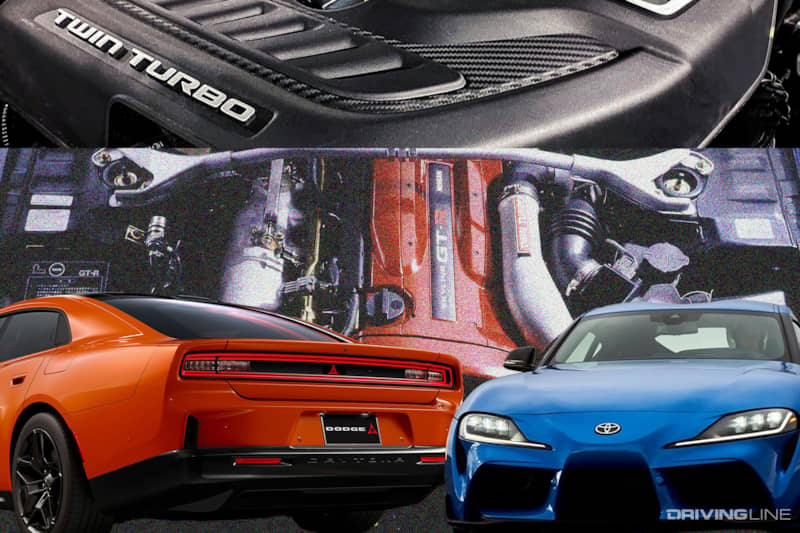
Ironically perhaps, it’s those very regulations that have helped to lead to a return of the inline six-cylinder, an engine type that at one point had almost been phased out of the industry and car lineups.
The I6 Legend
Automotive history is filled with legendary inline-six engines. From bulletproof mills like the Ford 300ci to pioneering sports car engines like the Jaguar E-Type’s 4.2L or the Nissan L-series that helped make the Datsun Z an affordable sports car hero.
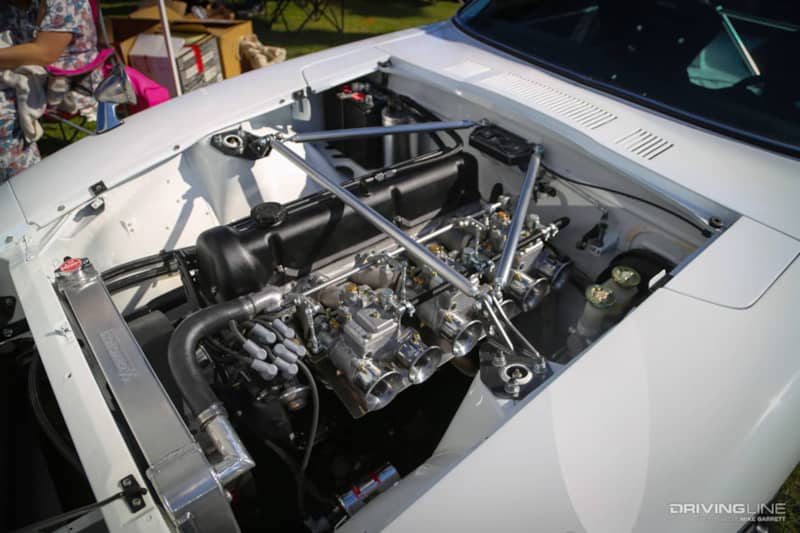
And don’t forget the AMC/Jeep 4.0 inline-six, a fantastic workhorse of an engine that lasted all the way to the mid 2000s before being replaced by a corporate Chrysler V6 engine.
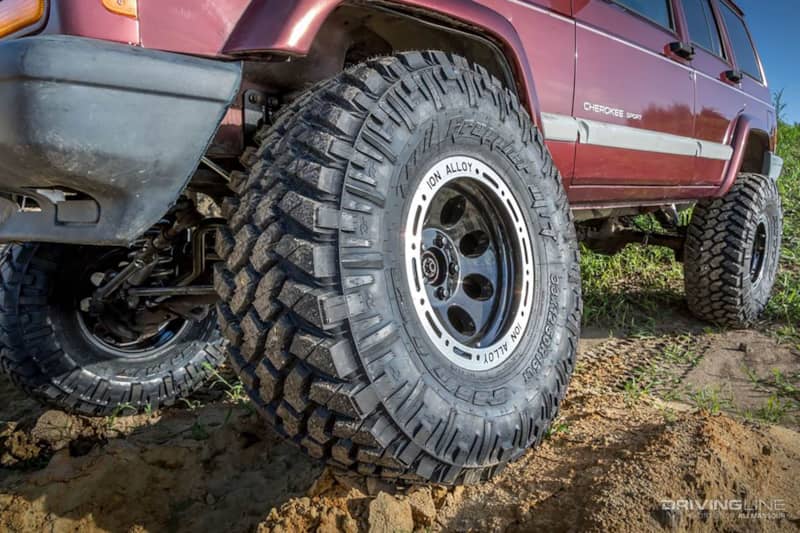
Then there was the ‘90s when a pair of flagship, high performance turbocharged Japanese inline-six engines elevated things to a new level. Those engines of course, were the Toyota 2JZ-GTE of Supra fame and the Nissan RB26DETT of Skyline GT-R fame.
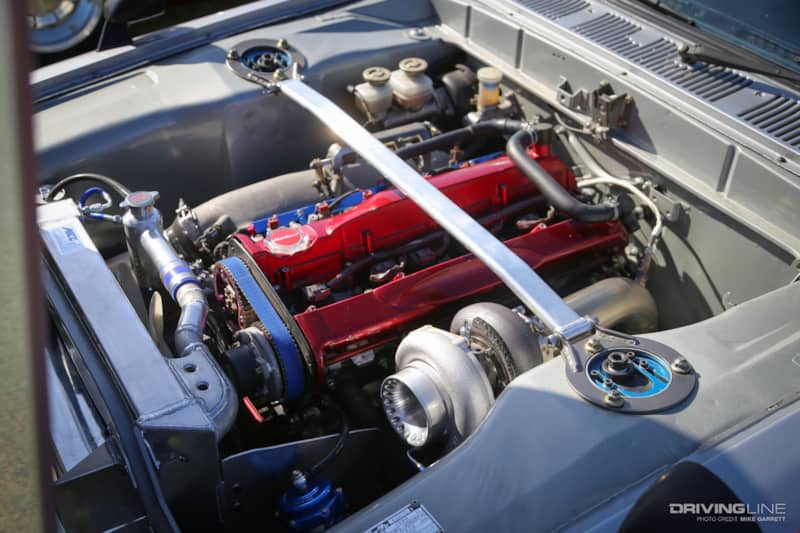
With their impressive factory numbers, massive power potential, great reliability — not to mention great sounds and character, these inline sixes helped to cement the GT-R, Supra and others as world-beaters.
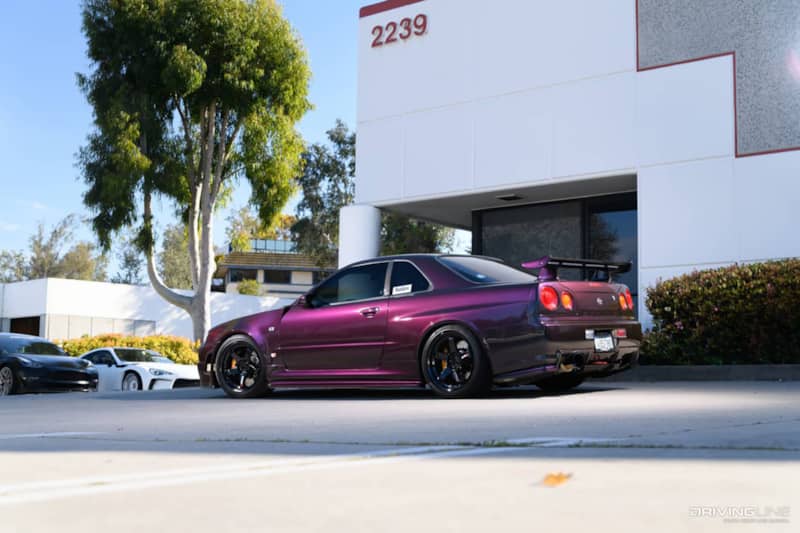
But beginning in the 2000s, the inline-six began to fall out of favor for most automakers. The GT-R and other Nissan products moved away from the RB engines and to the VQ and VR series V6 engines which are still used today.
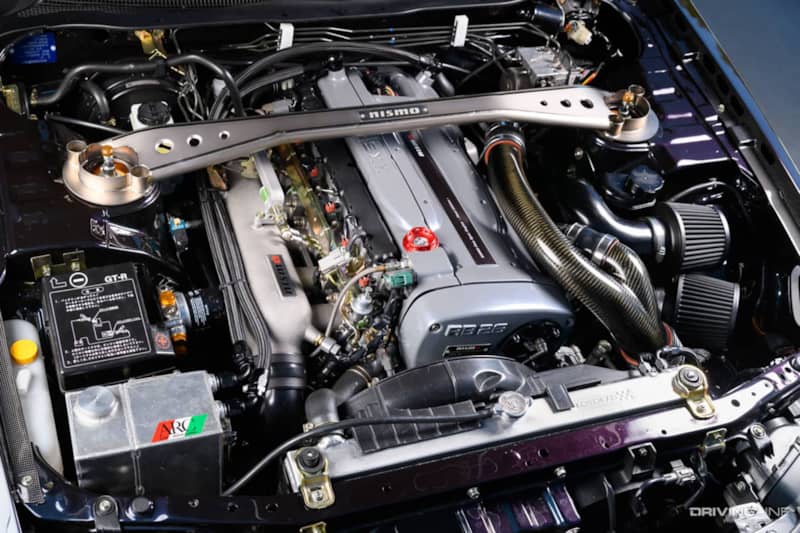
In America, the old 2JZ lived on in naturally aspirated form until the 2005 model year, when both the Lexus IS300 and GS300 were replaced by new versions powered by V6 engines.
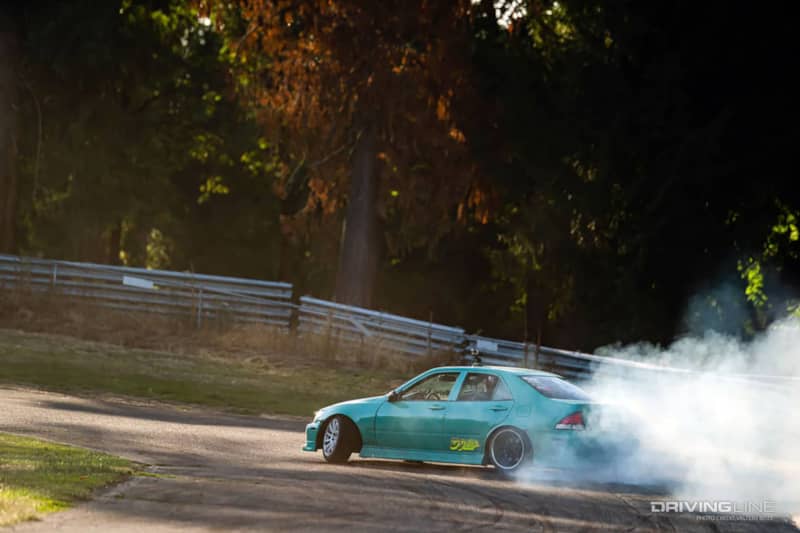
The Rebirth
At the time, many automakers found that the more compact V6 engine was generally more fuel efficient and more importantly, easier to package. That's because a V6 can easily be used in both longitudinal and transverse layouts with a variety of drivetrain types, while the longer inline-six cannot.
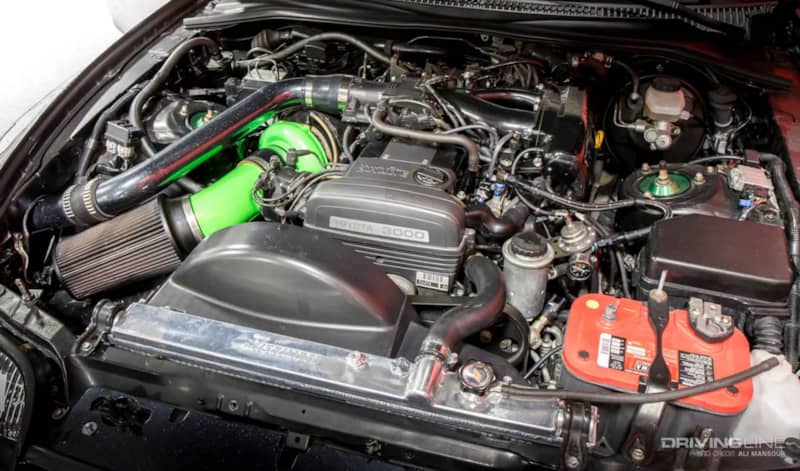
And so for years after that, it was primarily BMW who kept the inline-six torch aflame. And though some purists say BMW has strayed too far from its roots, they deserve for a lot of respect for keeping the I6 going.
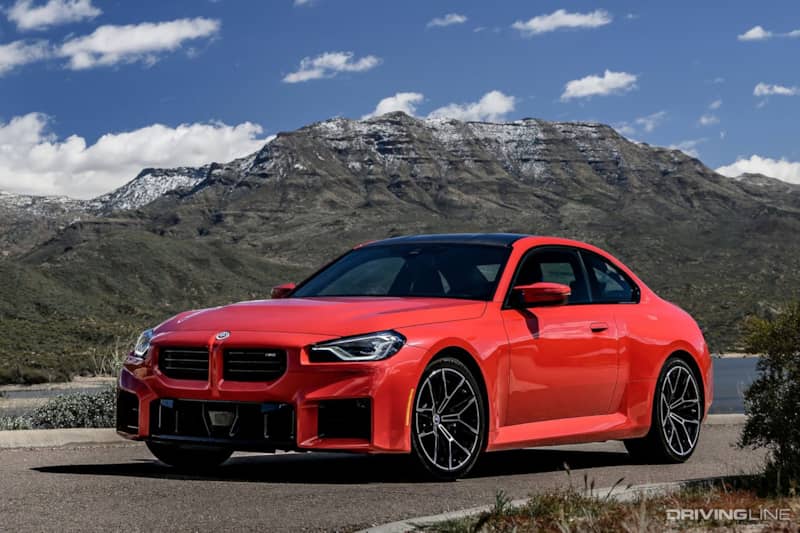
And not just keeping it going, but for building some of the best engines in the industry. The current BMW turbo 6 in both standard and M-form is a powerhouse that delivers V8 grade-power with incredible smoothness and excellent fuel economy.
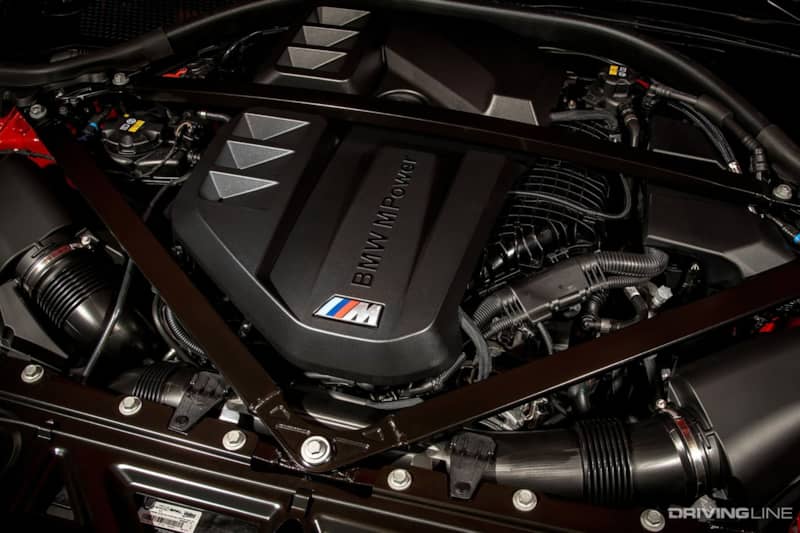
In fact, the BMW I6 is so good that when Toyota decided to bring back the Supra for the 2020 model year, they decided to simply use the BMW engine because it was better than any inline-six they could have built themselves.
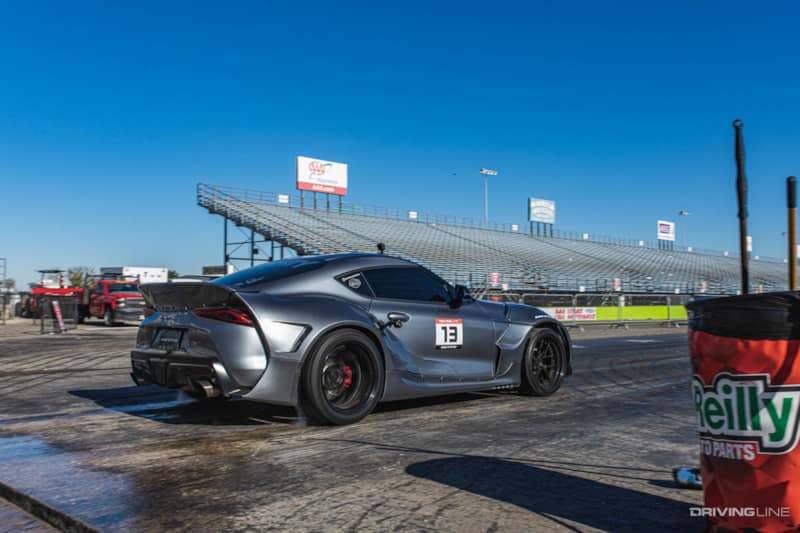
But now, as we head into the mid 2020s the inline-six engine is starting to come back — and in a big way. The engine that’s been generating the most hype is Stellantis’ new Hurricane family.
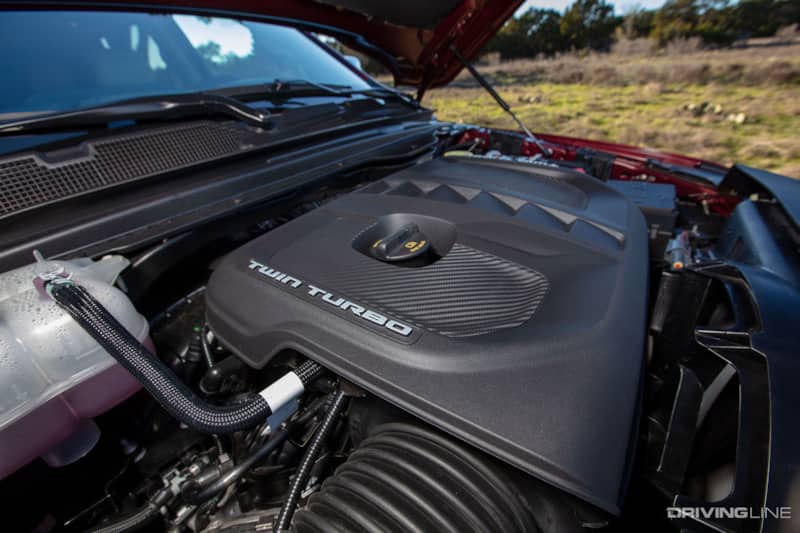
From Hemi to Hurricane
Rather than replacing the V6 (that’s become the job of turbocharged four-cylinder engines) the Hurricane has been introduced as a high tech alternative to the beloved 5.7 liter and 6.4 liter Hemi V8s.
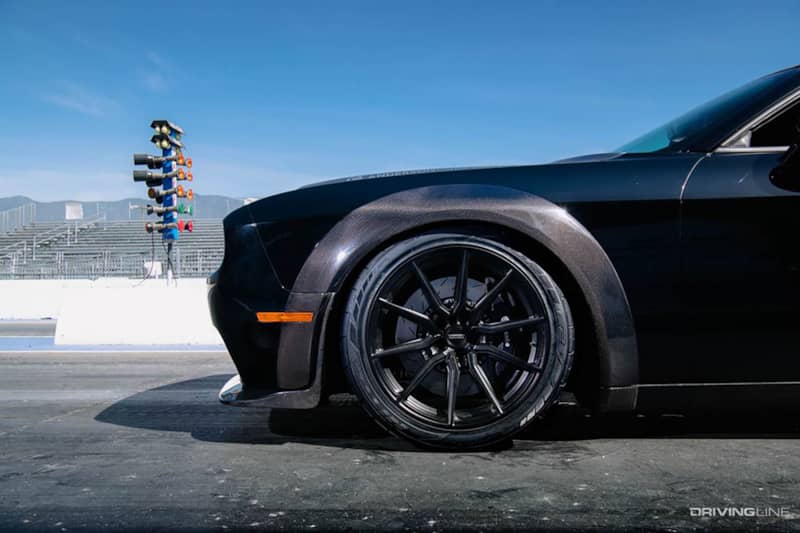
The Hurricane made its debut in the Jeep Grand Wagoneer SUV, but its impact is about to be felt a lot more as it makes its way to the 2025 Ram 1500 Pickup Truck.
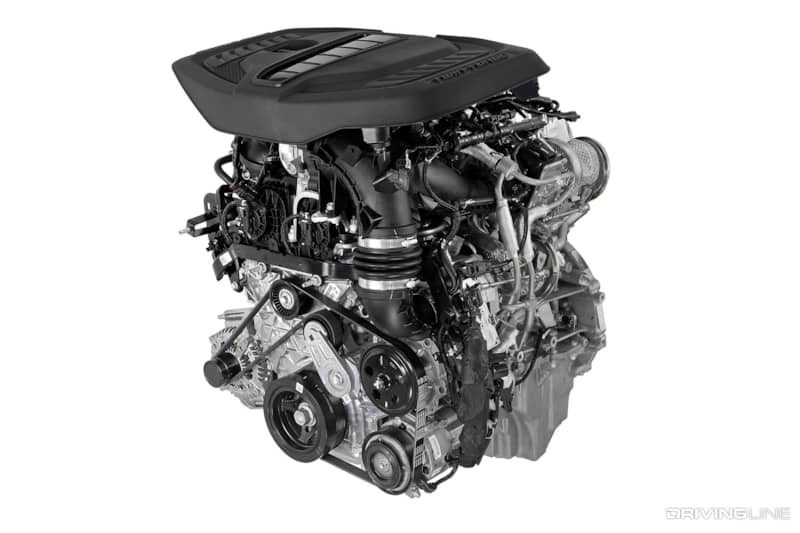
The Hurricane engine is the centerpiece of the recently-announced 2025 Ram RHO, which will serve as the enthusiast flagship of the Ram 1500 lineup. And in RHO trim, the high output “SST” (straight-six turbo) engine makes 540hp and 521 pound-feet of torque.
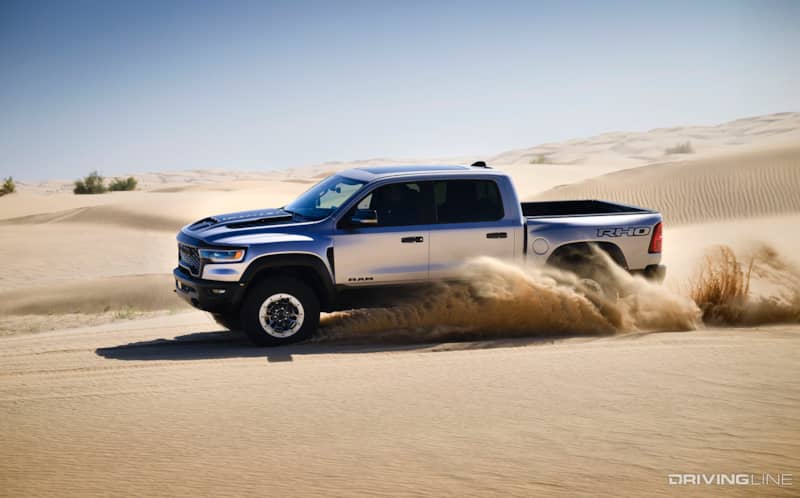
While that’s not as much as power as the old Hellcat-powered Ram TRX, it will be the most powerful half-ton truck you can buy short of Ford’s Supercharged V8 Raptor R.
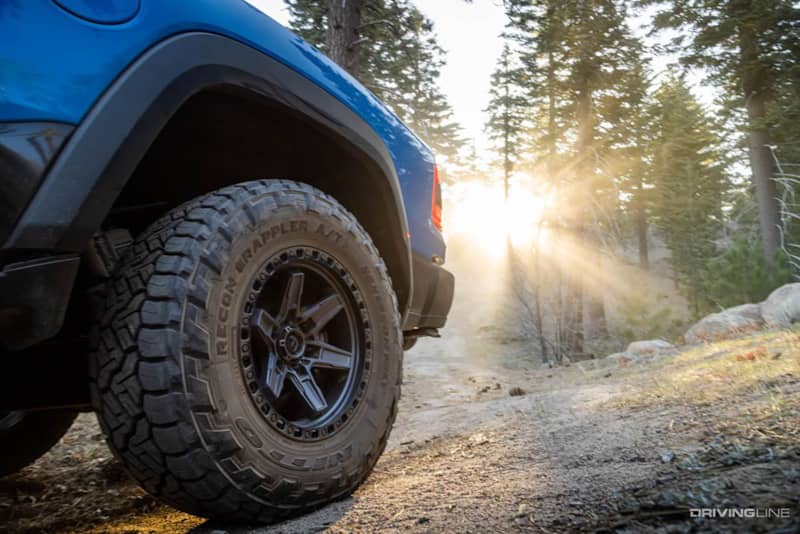
But where the Hurricane is really going to have high expectations is in the new Dodge Charger. Though some initially thought the next-generation Charger was going to be electric-only, Dodge will keep the gasoline version alive. Just not with a V8 engine.
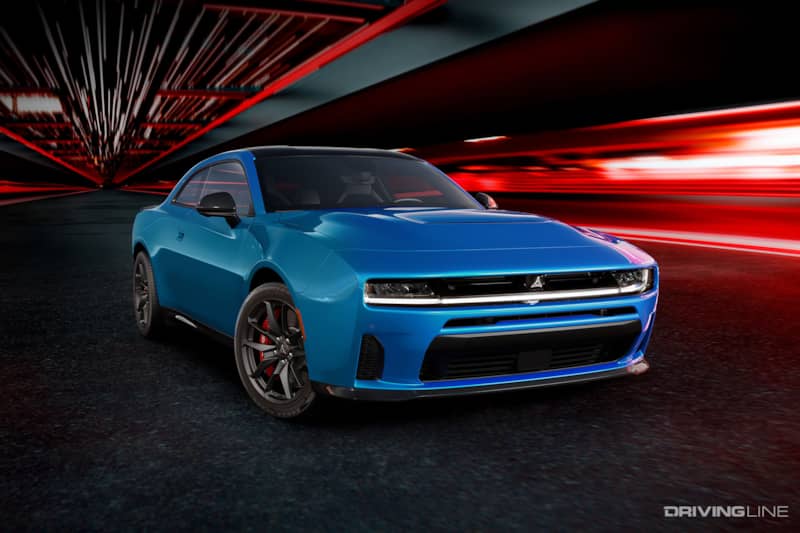
Wearing “Sixpack” branding, the gas version of the new Charger will offer two different Hurricane engine options making either 440hp or 550hp.
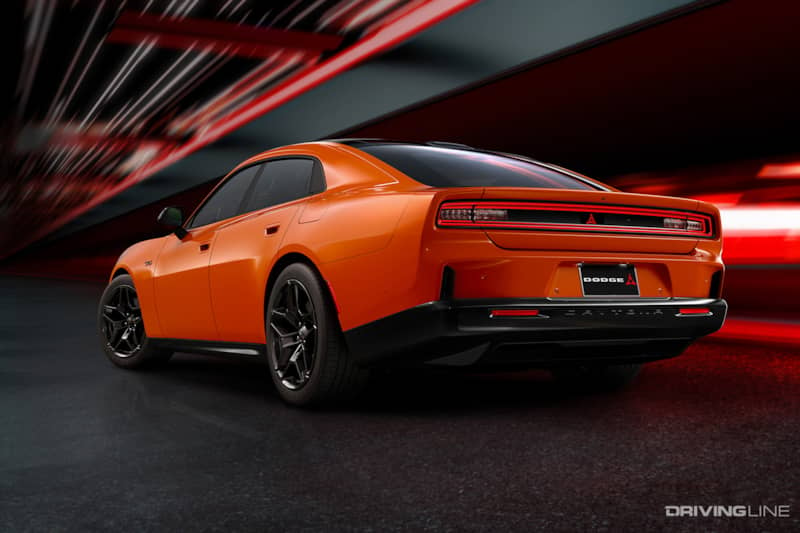
Keeping Gasoline Alive?
Not be left out is Mazda, who recently added an all-new 3.3L turbocharged inline-six to its lineup. While not as ambitious perhaps as the Hurricane, the Mazda I6 makes 340 horsepower and 369 pound-feet of torque.
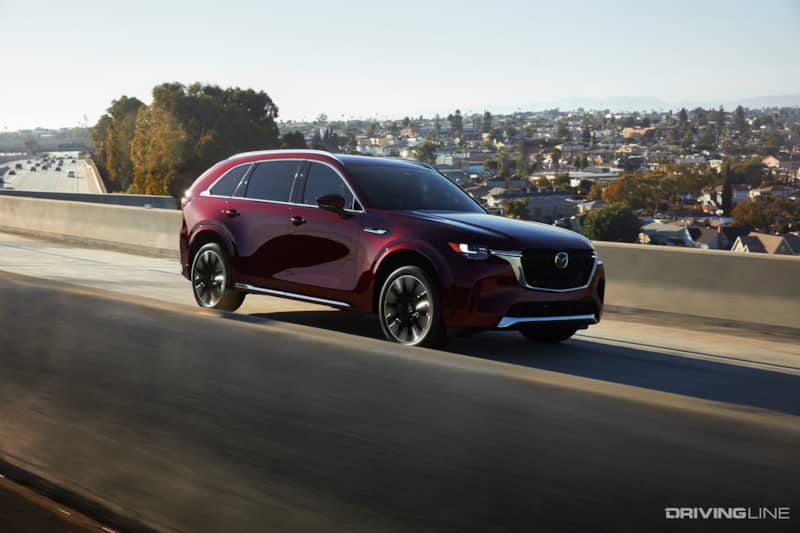
To this point the new Mazda inline-six is only being used in crossover SUVs, but should Mazda decide to use this engine an either a sport sedan, or even better, a new sports car, it could end up being a very big deal.
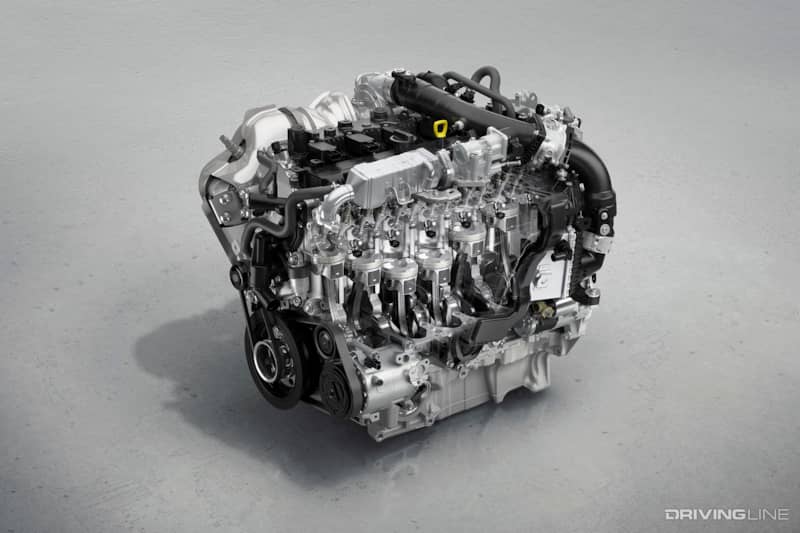
For now, what remains to be seen is how American car buyers and enthusiasts will embrace these new engines.
The Hurricanes may indeed more powerful and more efficient than the Hemis they are replacing, but old school V8s were a big draw to a lot of Dodge Charger and Ram pickup buyers, we’ll see if the new I6 can win over the V8 fans.
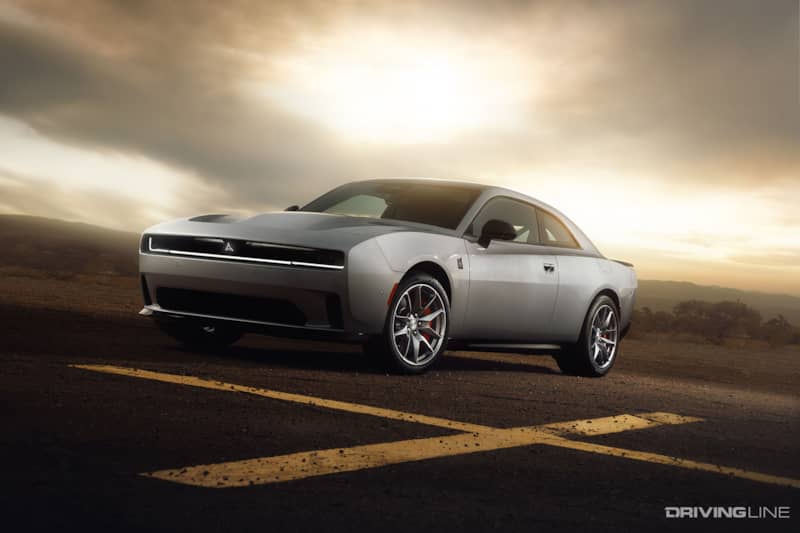
While its true today’s engines may not be the same beloved inline-sixes from the ‘90s, it’s nice to see this engine layout make a comeback. Especially at a time, when fans of internal combustion performance will take anything they can get.
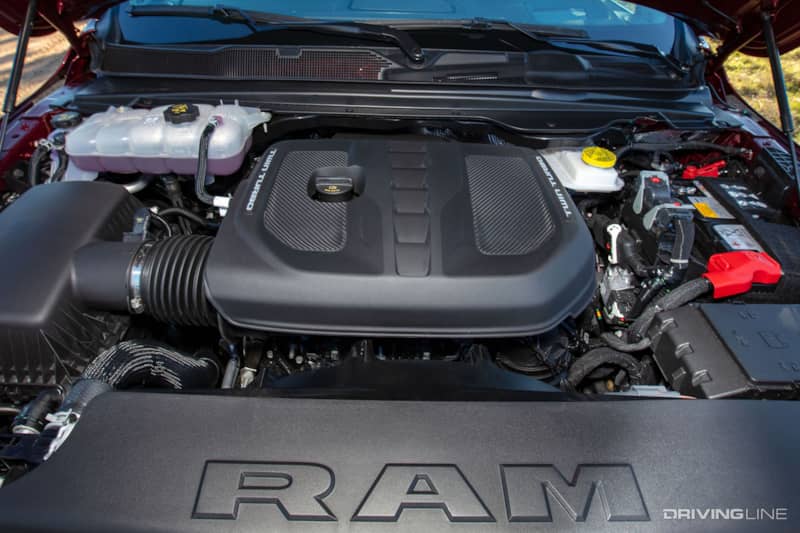
History has proven that inline-sixes can be fantastic engines, and while its still too soon to tell how this next generation of powerplants does, we’ve got high hopes that they can help keep gasoline performance alive for as long as possible.
More From Driving Line
- Speaking of inline-sixes, here's an argument why the fourth-gen Toyota Supra might be one of the most overrated enthusiast cars ever.







